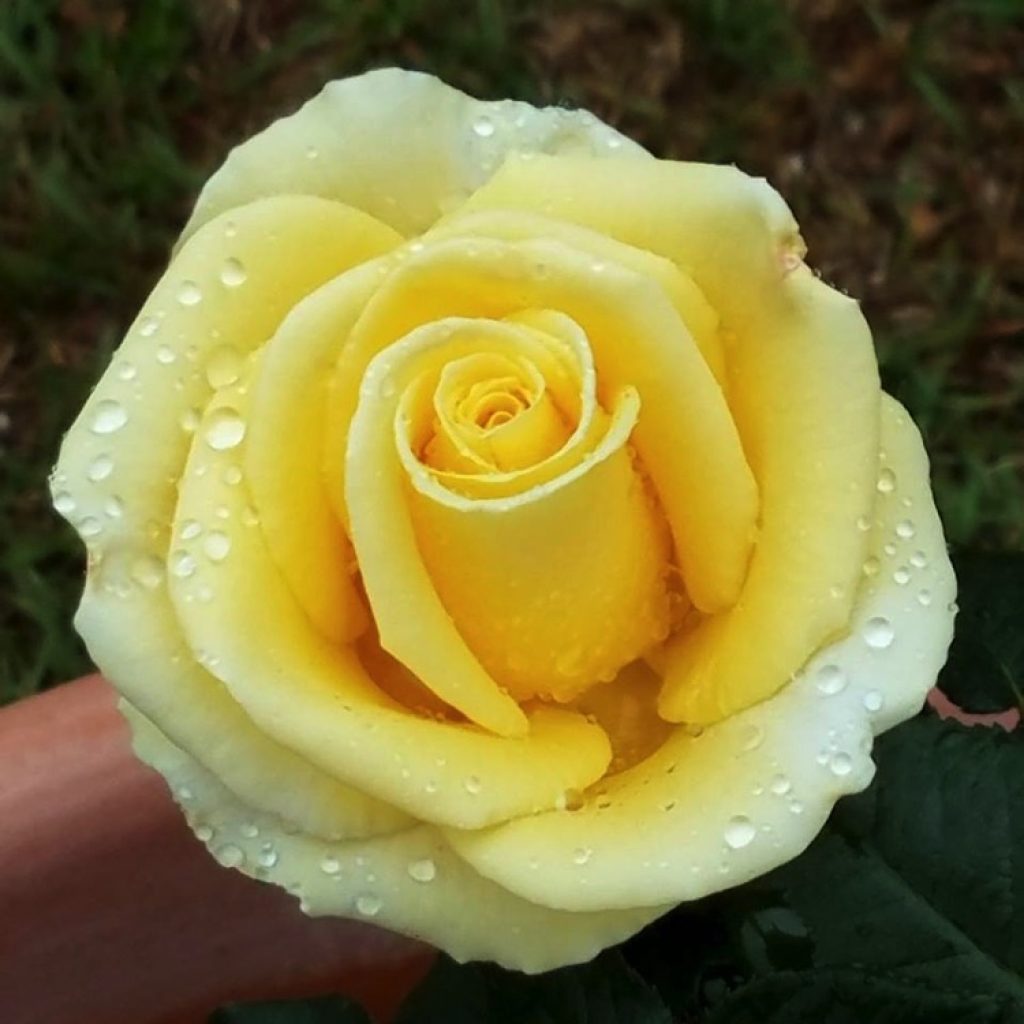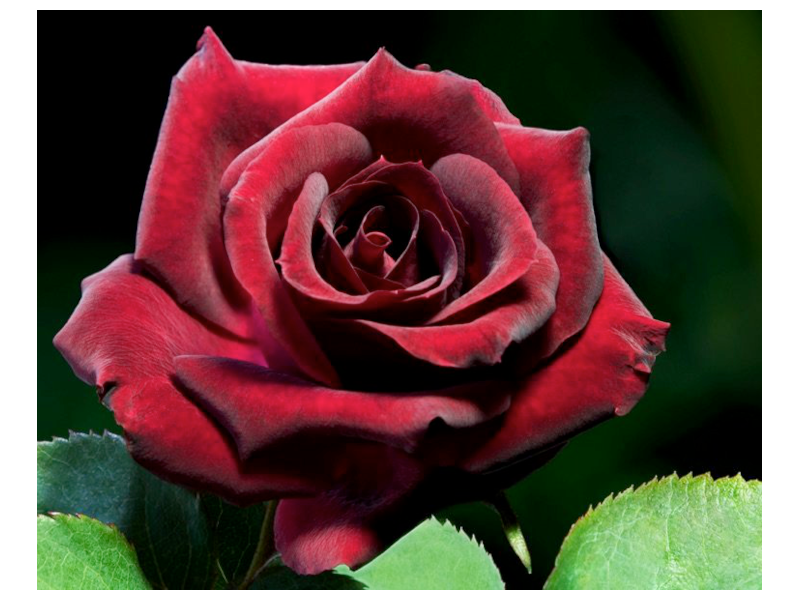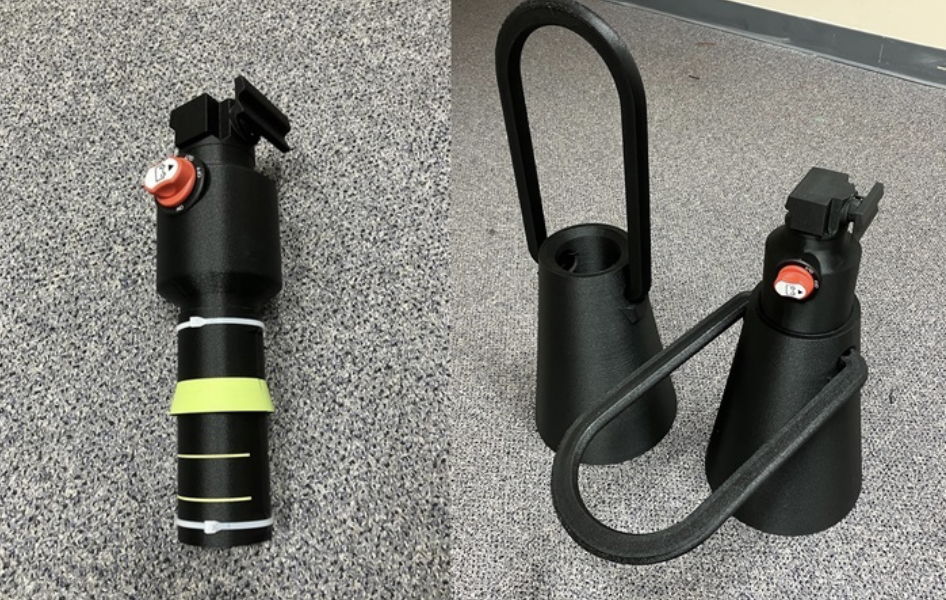February and March are optimal for planting roses, but before digging a hole, some preparation should be done.
Finding the right location and making sure the soil is conducive for roses are at the top of the list of items for successful rose-growing, according to Linda Boland, an Augusta master rosarian.
Ensuring the soil is the right pH is important. Roses do best at a pH between 6 and 7 with a pH of 6.6 being considered very good. Some gardeners have their own pH meter, but Boland suggests taking soil to a nursery or gardening center if someone needs help.
[adrotate banner=”19″]
Roses should be planted in a hole measuring 18-inches by 18-inches with the bud above the ground level. The roots of the plant should be covered.
The best place for a rose to be planted is a place in the yard that gets six to eight full hours of sunlight, she said.
Pruning is also important. Removing deadwood or clearing out space among plants allows for better air circulation.

“If you want the most blooms, don’t cut back as far. For larger blooms, cut them back,” she said.
Roses should be watered at least once a week. If the roots are not moist, the roses will not perform well.
“When it’s really hot, I usually water them every day. If it’s not quite as hot, you can water them less. The rose bush will tell you if it needs water,” she said.
Mulch is important because it helps hold moisture in the soil. The best option is to remove older mulch with diseased leaves and start over with new mulch.
Compost also plays a role in the performance of roses.
“Roses are like us. They like to snack around,” Boland said.
Some of their favorite snacks are phosphorus, potassium and nitrogen, the main ingredients in fertilizers.
Roses can grow almost anywhere in the country. Some are more suited for certain climates. In rainy climates, those that have a lot of petals will become deformed. The leaves will not dry out.
[adrotate banner=”23″]
Insects and disease can wreak havoc on roses. In the rose’s early stages, insects known as thrips can appear. They will discolor the petals. Also, a fungus known as blackspot is one of the most common diseases. It weakens the plant and causes it to lose its leaves.
“Due to so much humidity, there is a big problem with black spot,” Boland said. Keeping the roses pruned can keep blackspot in check.
Another pest is the spider mite. It will get on the backside of leaves and suck out the juices.
The Augusta Rose Society is a local resource for people who are interested in growing roses. Founded it 1960, the organization has a website with tips on growing roses. Also, the group has regular activities. The next one will be in conjunction with the South Carolina Rose Society. It will be a floral arranging workshop at the Aiken County Historical Museum. For more information, visit the rose society’s website at theaugustarosesociety.org.
Sarah Beth Battles is a contributor for The Augusta Press. Reach her at producers@theaugustapress.com
[adrotate banner=”43″]











